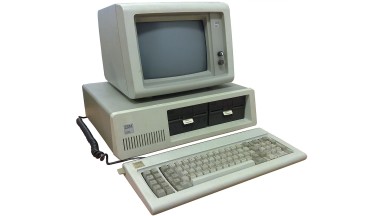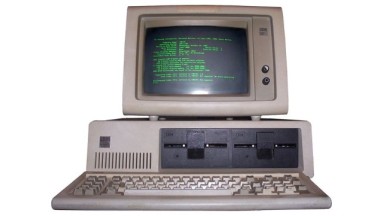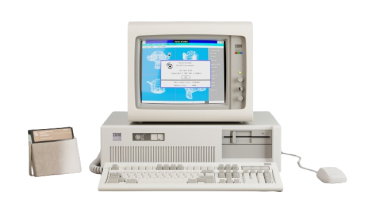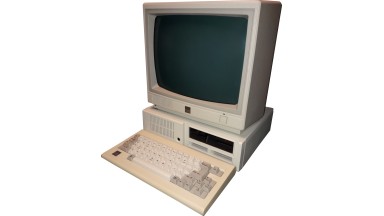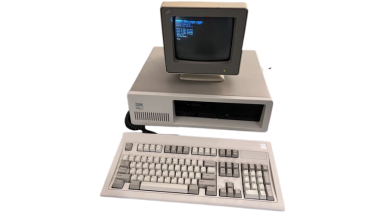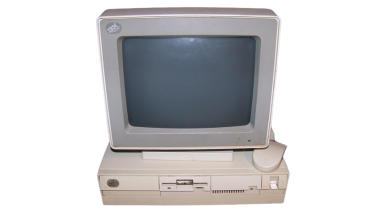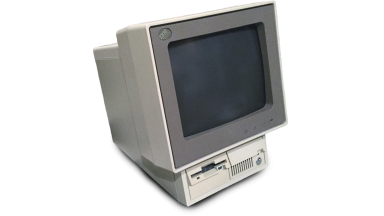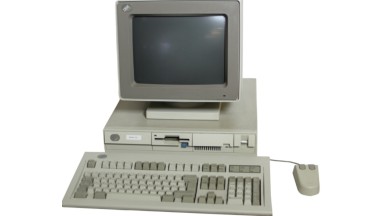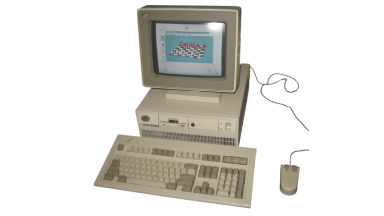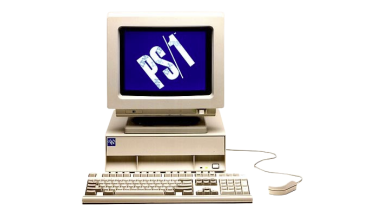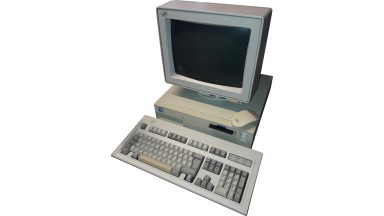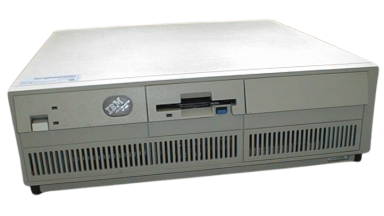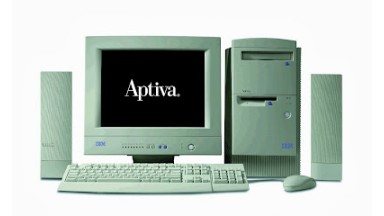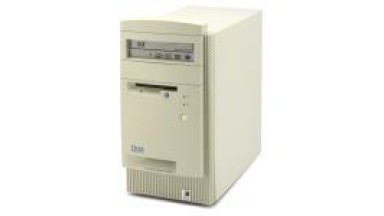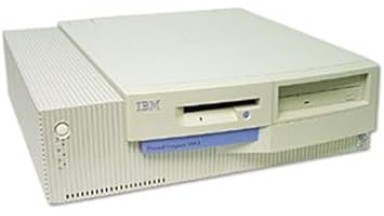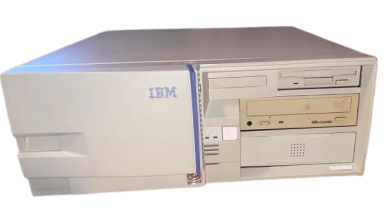Computers by brand IBM

Brand: IBM
Founded: 1911
By: Charles Flint
In:
New York
 USA
USA
International Business Machines Corporation (IBM) is a renowned American multinational technology company headquartered in Armonk, New York, that manufactures and markets computer hardware and software.
In 1980, IBM created the IBM PC, which became the most successful personal computer of all time, much to IBM's surprise. IBM developed the IBM PC quickly, using low-end components from other manufacturers, with the intention of entering the burgeoning personal computing market.
